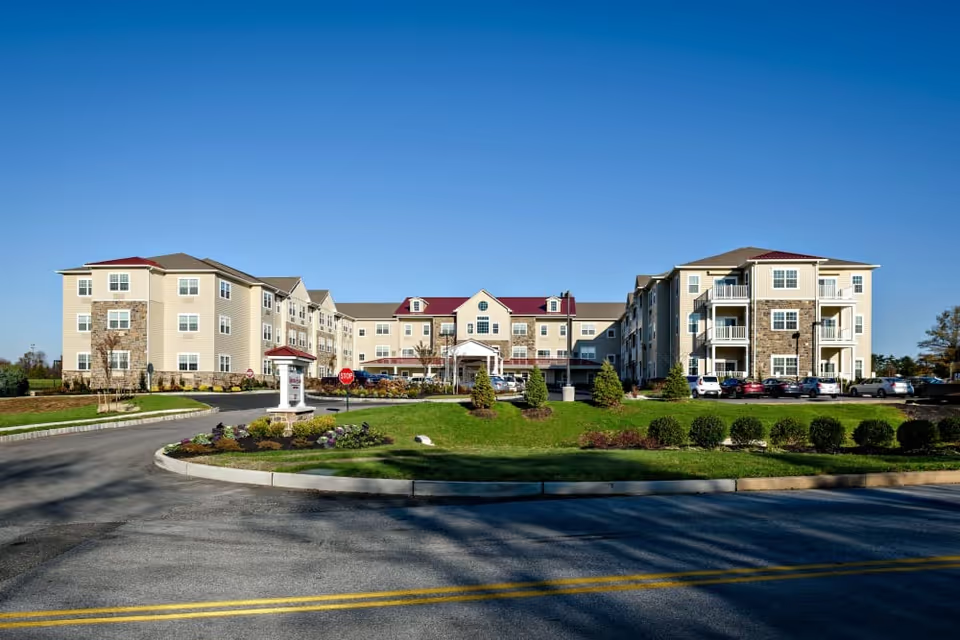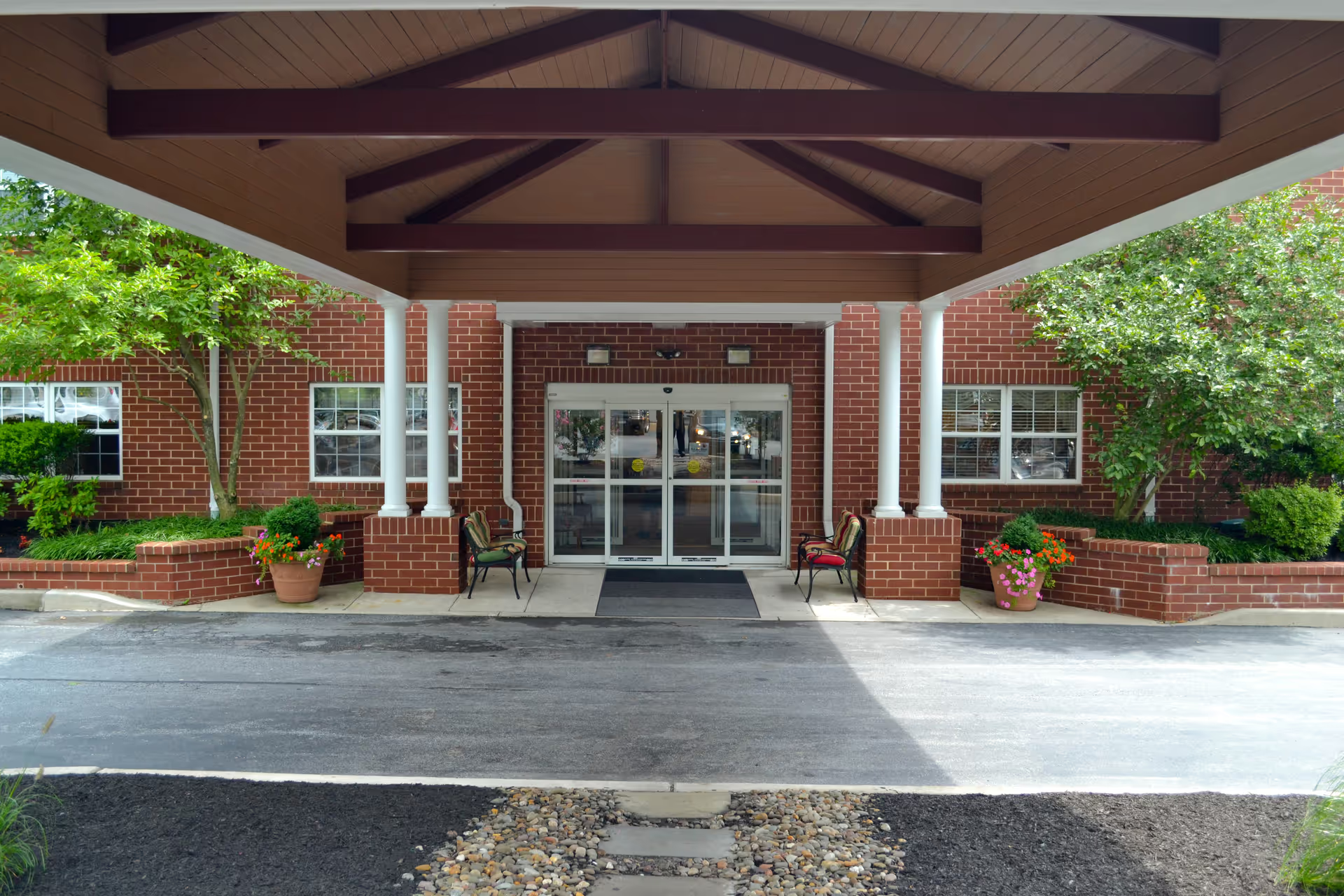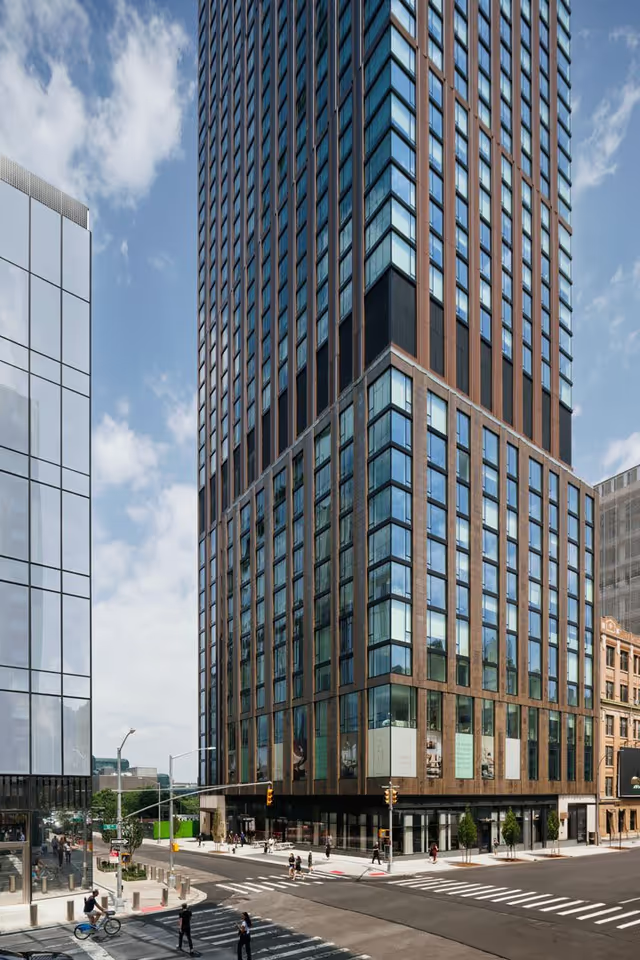Overall sentiment across the reviews is mixed but leans toward strong praise for the day-to-day caregiving, environment, and social life at The Addison of Woodbourne Place, tempered by a set of recurring operational, clinical safety, and management concerns reported by a subset of reviewers. The most consistent positive themes are the warm, family-like atmosphere and the frontline staff: nurses, aides, activity staff, dining staff and maintenance receive repeated commendation for kindness, attentiveness, and individualized attention. Many reviewers specifically note that residents are known by name in this small community, which ranges repeatedly in descriptions from about 35–50 beds. The small size is repeatedly cited as a reason residents receive personal attention, that activities feel intimate, and that families feel comfortable visiting frequently.
Facilities and accommodations are frequently described positively. Multiple reviewers cite spacious, apartment-style rooms with private bathrooms, walk-in showers, kitchenettes in some units, and comfortable closet space. Common areas such as the dining room, activity room, TV/beauty rooms, and outdoor landscaping are regularly described as clean, bright, and inviting; reviewers note a pleasant dining room without strong food odors and a generally clean appearance. Maintenance and facilities staff are often singled out as available and helpful, and many families appreciated an easy move-in process and responsive admissions/concierge staff.
Dining and social programming are other clear strengths. A significant number of reviews praise the food quality, variety, and balanced menu, and several families thank the chef by name. The activity program is widely praised for its diversity — bingo, crocheting/knitting, music, singalongs with piano, crafts, outings and shopping trips are commonly mentioned — and the activities director (identified in many reviews as Mary) is repeatedly lauded as energetic, dedicated, and having a very positive impact on residents’ quality of life. Transportation for off-site trips and regular outings is a recurring plus, and family events such as Grandparents Day are highlighted as indications of community engagement.
Despite the many positives, there are serious and recurring negative themes that potential residents and families should weigh carefully. The most alarming cluster includes multiple reviews alleging medication administration errors, falsification of records, narcotic theft, bullying by certain management-level staff, retaliation against whistleblowers, and documented cover-ups of incidents. There are explicit allegations of neglect as well — delayed medication administration, residents left in soiled conditions, and pendant/call-button neglect — and at least one review described an investigation/shutdown. These reports are grave and suggest pockets of systemic failure rather than isolated service complaints; they significantly contrast with other reports of very high-quality care, indicating either variable performance over time or uneven practices across shifts or management eras.
Related to safety concerns are operational and management patterns reported by multiple reviewers. Several comments describe a downturn in service quality following an ownership/company transition — citing changes in communication, staff turnover, and a perceived shift toward profit-focused management. Other operational negatives include inconsistent staffing (notably weekend or night shortages), limited on-site medical professionals for higher-acuity residents or specialized memory care, and occasional rude or ineffective administrative responses to family concerns. Laundry and housekeeping are inconsistent in some accounts: while common areas are often said to be clean, a number of reviewers report missing clothes, linen, or incomplete room housekeeping. There is also some frustration about follow-through on advertised activities and occasional overcrowded or narrow hallways.
Cost and transparency are another area of mixed feedback. Many reviewers find Woodbourne Place to be more affordable than some alternatives and say it offers good value for the care and services provided; others report sticker shock from high upfront fees or final monthly costs that were not fully disclosed initially. Several families warned that costs can be a limiting factor for fixed-income residents and urged careful contract review before committing. A few reviewers also reported billing inconsistencies or unclear charge policies.
In summary, The Addison of Woodbourne Place delivers a clearly home-like, warm environment with many strengths: a caring frontline team, clean and pleasant facilities, strong dining and activity programs, individualized attention thanks to its small size, and generally responsive move-in and admissions practices. However, there are substantial and repeated red flags in some reviews — including extremely serious safety, medication, and abuse-related allegations — paired with reports of staffing instability and management shortcomings after ownership changes. Because of these mixed but highly consequential reports, prospective residents and families should prioritize an in-person tour (ask to meet nursing leadership and the activities director), request recent inspection and incident reports, verify medication handling and narcotics control practices, clarify staffing patterns (including weekends and nights), and get full written disclosure on fees and billing before signing contracts. If memory care or higher-acuity clinical support is required, confirm that the community can meet those needs because several reviewers caution it is not set up for substantial memory-care or high-medical-acuity cases. The overall pattern suggests excellent person-centered care and an engaging lifestyle for many residents, but variable operational reliability and some very serious allegations make thorough due diligence essential.







